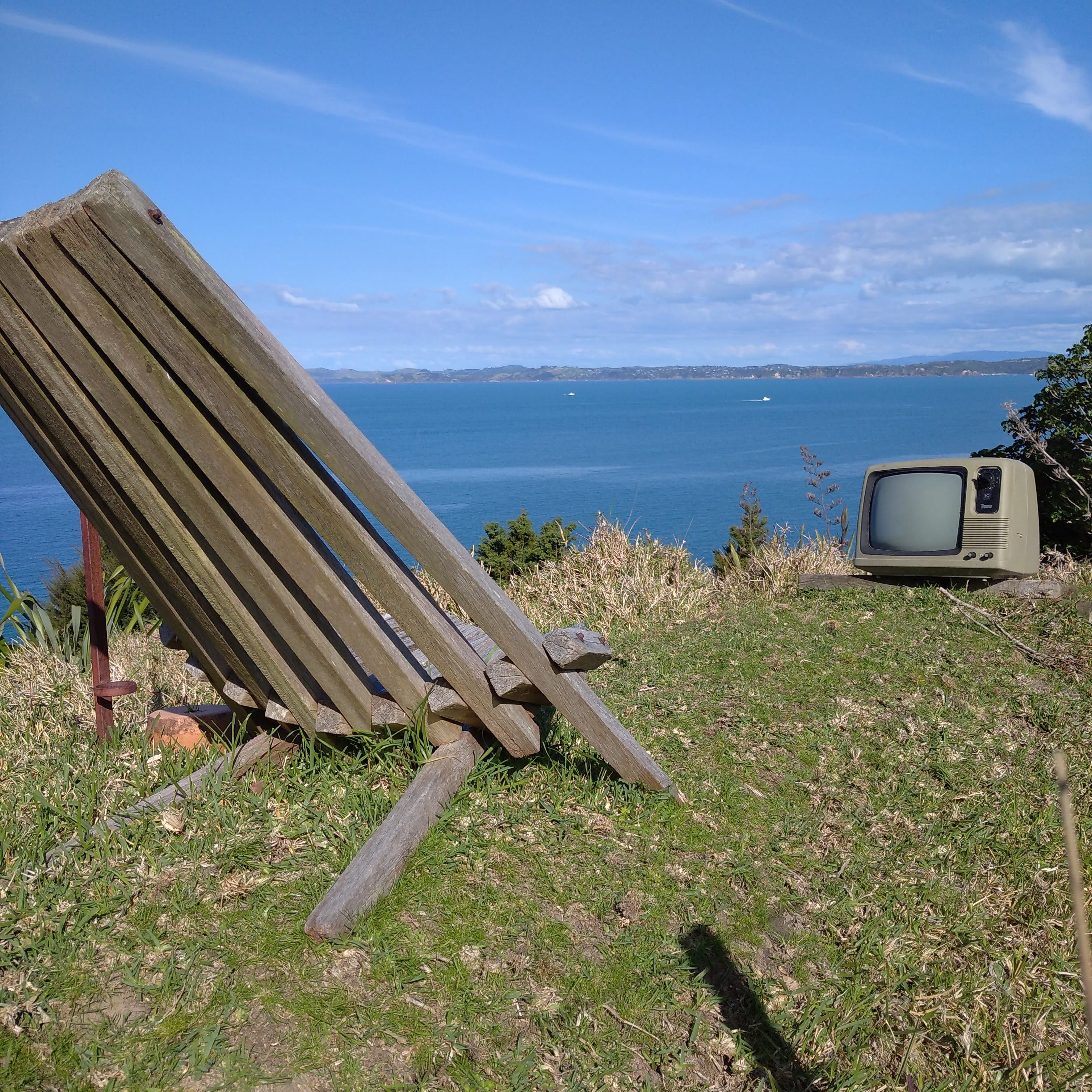-
Content Count
2,788 -
Joined
-
Last visited
-
Days Won
97
-
Plumbing standards, domestic and commercial electrical standards, gas fitting standards, motor vehicle design and construction standards, standards for the construction of houses. None of these are free to access. Again, most people lack the technical knowledge to interpret a technical standard. The ASNZ standard for lithium installations is about $250 in pdf format so it's unlikely that access to the standard is actually holding back people dying to DIY it.
-
Alternative view. If you are serious about doing the project, paying for the IP that sets out the required standard is not unreasonable. Its probably the lowest cost component in the entire project. I'm a fan of letting the professionals deal with all that. The many technical standards I've been involved with assume a high level of technical competence - higher by far than Joe Blow wanting to DIY a job has.
-
Suitable barge, $250,000 assume $0 value at the end of 10 years Staff, 4 @ 75,000 pa, $300,000 Operating days per year, 150 Daily plant operating cost inc maintenance allowance, $2000, $300,000pa Licences, fees etc, $2000 pa Legals and accounting, $10,000 pa Gross daily cost, no alliance for capital, profit line, tax etc, say $4500 1400 wrecks, projected 10 year period so 1 per day average High risk activity, time limited, no exit strategy so 150% nett profit would be reasonable. Each wreck would be in the region of $12 to $15k average to mak
-
I think you'll find it was worded as "...helps to pay for..." or similar. In that respect, any income to the council helps to pay for what the council and therefore the HM does.
-
Mooring fees don't pay for that though. There is no part of the fee set aside for this. The fees essentially go into council's consolidated fund and then the HM is funded from that. No special jar labelled "getting rid of old shitters fund" that only gets income from mooring fees.
-
3500 moorings. 40% abandonment rate currently. So 1400 potential hazards to be removed somehow - sale, or removal. Sale is likely just a deferral, not a solution. Even if the HM is overstating the problem by 50% and actual abandonments are "only" 700 in number, 2% disposal rate wouldn't even keep up with the natural inflows to the problem.
-
His stat of 40% of approx 3500 vessels effectively abandoned at the mooring, and a disposal cost of $20000 each time with large steel vessels much more, a $50 annual fee increase is not going to go far.
-
Damn. Aaah well. That's my Bahamas plans shelved. I guess it Barrier again instead.
-
Couple of ideas depending on the total design. Lift and swing hinge that allows the lid to lift 8 to 10mm before swinging up. This allows a seal that is in compression vertically, but not under shear when opening. Second option is a bifold design. This has a shorter shear and added advantage of less vertical height needed when opening. Third is to fillet the lid so the hinge seal sits against the side of the box instead of the top
-
Or, perhaps, they have advice to the contrary and are legitimately concerned.
-
5 years ago today we took possession of SO. Lots of fun had and lots of water has passed under the keel in that time. Total value for money on the grin per $ scale.
-
Yeah sorry, open CPN is the plotter. Has versions to run on android phone or tablet, windows, Linux, and apple. https://opencpn.org/OpenCPN/info/downloadopencpn.html
-
1. Not normal. Return to sender. 2. Open plotter. Runs NZ charts just fine in vector or old style raster format.
-
This could easily describe the majority of marinas in NZ including Picton Waikawa, Havelock, Waiheke Kennedy Point, Toots, etc etc. Perhaps not the main Auckland, Tauranga, Wellington's several.
-
That supposes that the additional water and road traffic generated don't reduce amenity for other water users, and that visual amenity loss counts for nothing. It also presupposes that no other recreational activity happens in the bay, eg flounder fishing, kite and windsurfing, kayaking etc.




